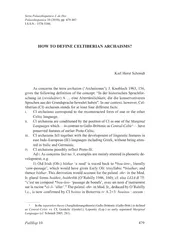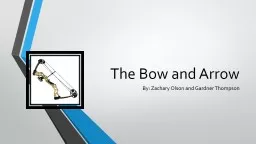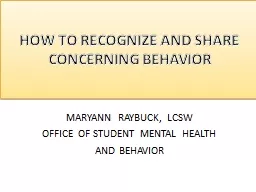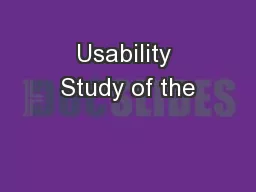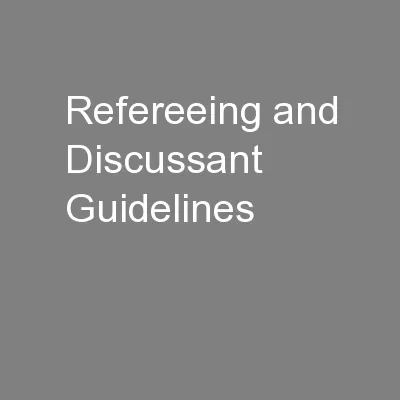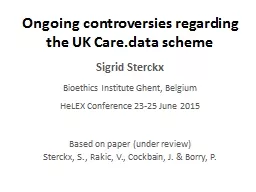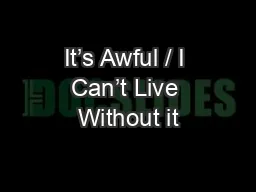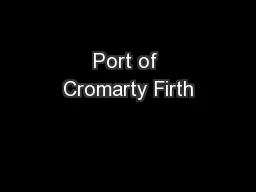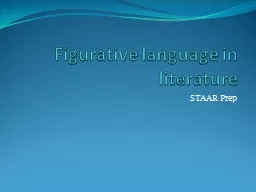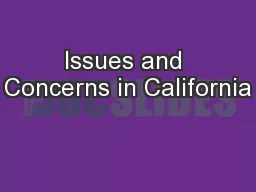PDF-PalHisp As concerns the term archaism Archaismus J
Author : kittie-lecroy | Published Date : 2015-04-30
Knobloch 1963 156 gives the following definition of the concept In der historischen Sprachfor schung ist residu57572rer A eine Altert57596mlichkeit die die konservativeren
Presentation Embed Code
Download Presentation
Download Presentation The PPT/PDF document "PalHisp As concerns the term archaism ..." is the property of its rightful owner. Permission is granted to download and print the materials on this website for personal, non-commercial use only, and to display it on your personal computer provided you do not modify the materials and that you retain all copyright notices contained in the materials. By downloading content from our website, you accept the terms of this agreement.
PalHisp As concerns the term archaism Archaismus J: Transcript
Download Rules Of Document
"PalHisp As concerns the term archaism Archaismus J"The content belongs to its owner. You may download and print it for personal use, without modification, and keep all copyright notices. By downloading, you agree to these terms.
Related Documents

